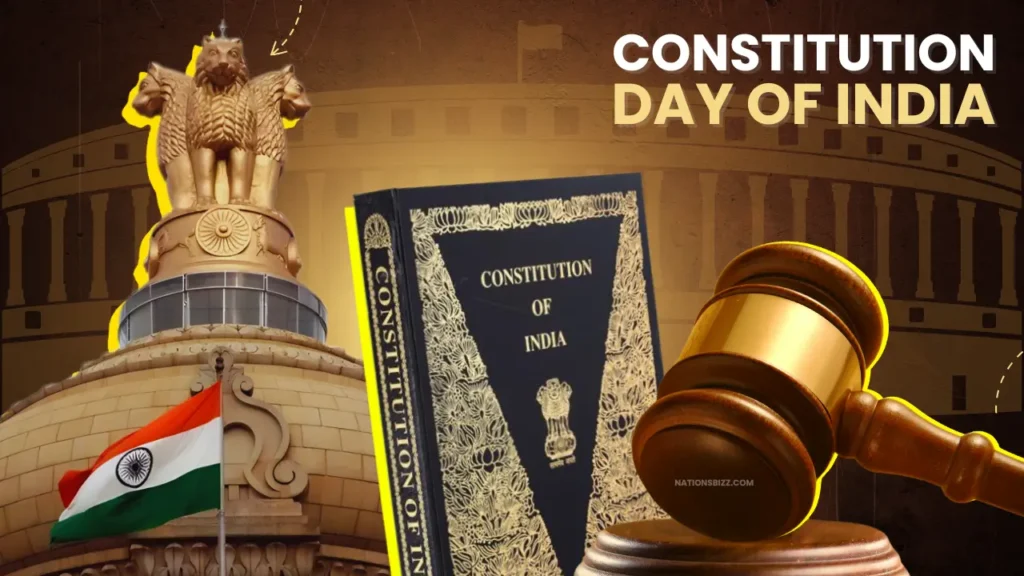In a deeply tragic event, a helicopter carrying pilgrims from Kedarnath to Guptkashi crashed in the early hours of June 15, 2025, resulting in the death of all seven individuals on board. The victims include five adult pilgrims, one child, and the pilot. This marks the fifth helicopter-related incident on the Char Dham pilgrimage route in just six weeks, sparking concerns over aviation safety and operational norms in Uttarakhand’s treacherous mountainous terrain.
Crash Details and Timeline
The crash occurred around 5:20 AM near Gaurikund, situated in the Rudraprayag district of Uttarakhand. The helicopter, which was returning after ferrying pilgrims from Kedarnath to Guptkashi, lost contact with the control tower shortly after takeoff. It went down in a densely forested region between Trijuginarayan and Gaurikund, making rescue operations challenging due to limited accessibility and early morning fog.
All seven passengers, hailing from states like Uttar Pradesh, Maharashtra, Gujarat, and Uttarakhand, were confirmed dead at the site. No survivors have been reported.
Rescue Operations and Ground Response
The State Disaster Response Force (SDRF), National Disaster Response Force (NDRF), and Uttarakhand Police immediately deployed teams to the crash site. Poor visibility, rough terrain, and low morning temperatures hampered their rescue efforts.Despite these challenges, teams managed to reach the crash zone and retrieve the remains.
Officials are confirming the identities of the deceased using medical and travel records. They are arranging the transportation of the remains to their respective states.
A Disturbing Pattern of Crashes
This incident is not an isolated one. Over the past six weeks, there have been four other helicopter-related accidents reported on the Char Dham pilgrimage routes:
- May 8: A crash near Gangotri claimed six lives.
- May 12: A helicopter’s rotor struck a stationary vehicle at the Badrinath helipad—fortunately, there were no casualties.
- May 15: An air ambulance made an emergency landing near Kedarnath due to a technical failure.
- June 7: An AW119 chopper executed an emergency landing on a highway, resulting in minor injuries.
With the June 15 crash, the total number of serious helicopter mishaps rose to five in just over 40 days, highlighting the dire need for stricter operational oversight and aviation reforms in the region.
Possible Causes: Weather, Visibility, and Technical Glitches
Preliminary information suggests that poor visibility due to early morning fog may have played a significant role in the crash. The mountainous terrain, combined with rapidly changing weather conditions, makes flying in this region extremely dangerous, especially during the early or late hours of the day.
Although weather appears to be a key factor, authorities are not ruling out technical failure or human error. A comprehensive investigation has been ordered by both state authorities and the Directorate General of Civil Aviation (DGCA).
Government and Regulatory Action
In response to the recent spate of crashes, the DGCA had already imposed restrictions on helicopter operations earlier this month. These measures included a significant reduction in daily flights on the Kedarnath route, stricter monitoring protocols, and the installation of surveillance cameras at high-risk helipads, such as the one at Kedarnath.
Specifically:
- Authorities capped flights from Sirsi at 4 per hour.
- They limited flights from Phata to 3 per hour and reduced flights from Guptkashi to 2 per hour.
- Overall, they cut down helicopter movement from nearly 300 to around 150 flights per day
Following this latest crash, the Uttarakhand Civil Aviation Development Authority (UCADA) has suspended all helicopter operations in the region until further notice.
Impact on Pilgrims and Char Dham Operations
The incident has caused significant disruption for thousands of pilgrims scheduled to travel via helicopter over the coming weeks. Authorities are urging travelers to consider traditional trekking or road options from Gaurikund.
Authorities have issued advisory notices warning about potential delays and the risks linked to poor weather conditions. They are re-instructing tour operators and helipad coordinators on emergency protocols. They are also advising passengers to avoid early-morning and late-evening flights, especially during the monsoon season.
Voices from the Ground and Expert Analysis
Aviation safety experts have raised red flags over the increasing use of helicopters in high-risk Himalayan regions without adequate checks. Many argue that the current systems do not enforce strict enough weather minimums, while the rush to cater to high-volume pilgrim traffic compromises safety.
According to aviation experts:
- Operators should enforce tighter cut-offs on flight conditions.
- Pilots flying in mountainous regions should undergo advanced terrain-specific training.
- Helipads must be equipped with real-time weather monitoring systems and lighting aids.
- Routine audits of aircraft and maintenance logs must be enforced more aggressively.
Steps Ahead: Ensuring Safety Over Speed
With an increasing number of pilgrims opting for helicopter services to complete the Char Dham Yatra faster, there is now an urgent need for authorities to balance demand with strict safety measures. Some of the steps being proposed include:
- Implementation of a centralized weather data system across helipads.
- Real-time tracking of aircraft.
- Transparent and public reporting of safety violations.
- Clear communication to passengers on weather-related cancellations.
Investigators are currently examining this latest crash, and the DGCA is expected to release a detailed report in the coming weeks.
A Wake-Up Call for the Hill Aviation Sector
The tragic crash near Kedarnath, which claimed seven lives. Serves as a painful reminder of the risks associated with air travel in extreme terrain and weather. With five such incidents occurring in just six weeks, the urgency for comprehensive reform. Upgraded infrastructure, and strict safety enforcement cannot be overstated.
As Uttarakhand continues to welcome lakhs of pilgrims each year, the focus must now shift from maximizing capacity to preserving life. Only then can faith and safety walk hand in hand in the Himalayas.





















